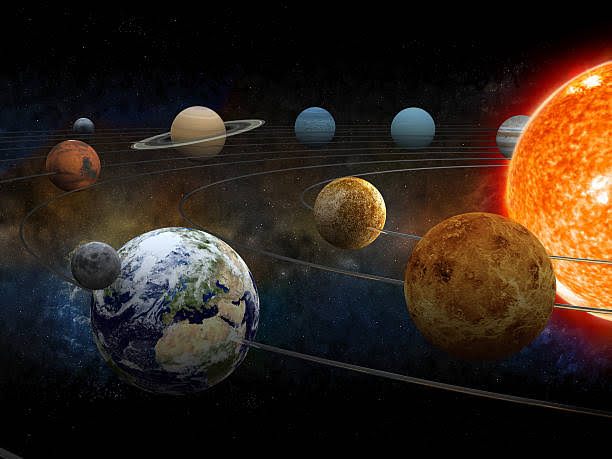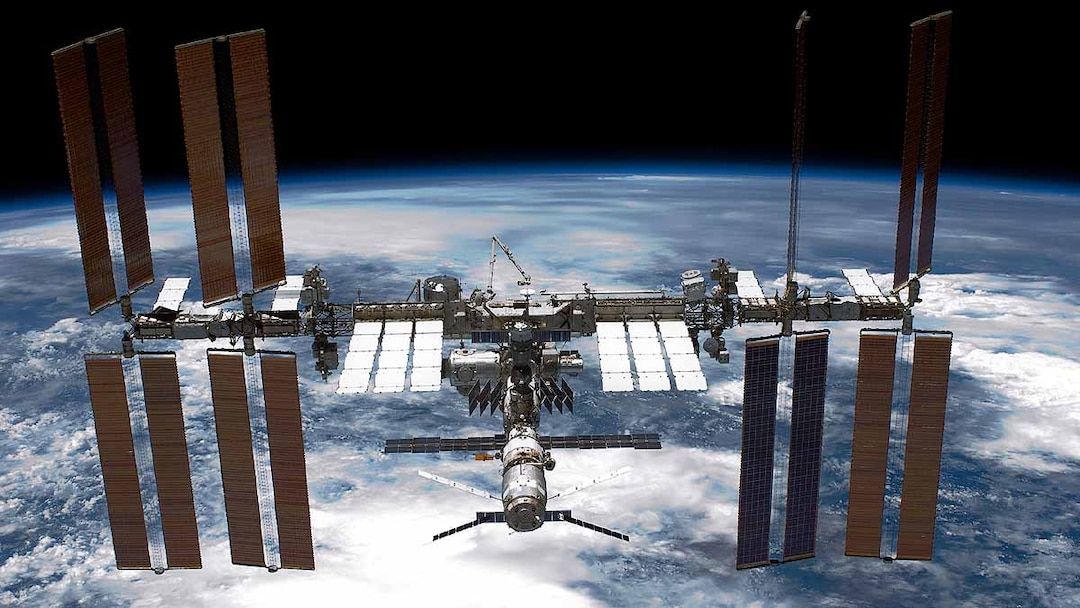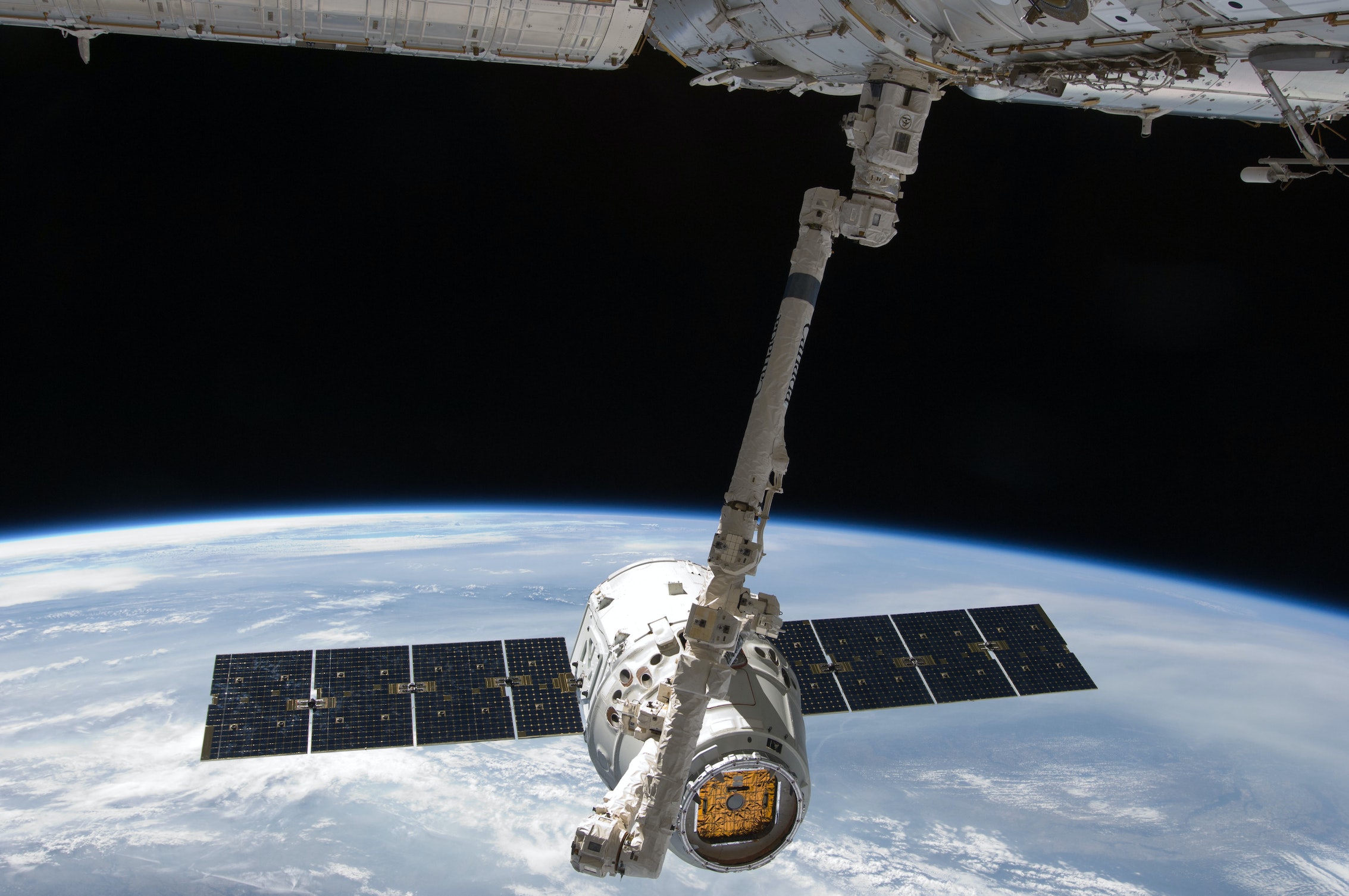Introduction
The Universe is a vast expanse filled with countless celestial objects, and among them, planets hold a Special place. In our solar system, we have eight Fascinating and diverse planets, each with its unique characteristics, history, and significance. In this Article, we will embark on a journey to explore these celestial neighbors, from the scorching inferno of Mercury to the frigid realms of Neptune and beyond.
Mercury:
- Mercury, the closest planet to the Sun, is a barren and inhospitable world. It has extreme temperature variations, with blistering days and freezing nights due to its lack of atmosphere. Despite these harsh conditions, Mercury has a rich geological history, marked by craters, cliffs, and even the possibility of water ice in its shadowed craters.

- It orbits our star at an average distance of just 36 million miles (58 million kilometers). This nearness results in extreme temperature variations, with daytime temperatures soaring to around 800 degrees Fahrenheit (430 degrees Celsius) and plunging to -290 degrees Fahrenheit (-180 degrees Celsius) at night due to the lack of a substantial atmosphere to retain heat.
- Mercury is a relatively small planet, with a diameter of approximately 4,880 kilometers (3,032 miles), making it only slightly larger than Earth’s Moon. It is primarily composed of rock and metal, similar to Earth’s composition. Interestingly, Mercury has a large iron core that makes up about 60% of its mass, which is believed to have formed early in its history.
Venus:
- Venus, often referred to as Earth’s “sister planet” due to its similar size and composition. It has a thick, toxic atmosphere composed mainly of carbon dioxide, which traps heat and makes its surface hotter than the surface of Mercury. Venus is a fascinating world with swirling sulfuric acid clouds and a volcanic landscape, making it a unique object of study for scientists.
- Venus boasts an atmosphere that is exceptionally dense and inhospitable. It is composed mainly of carbon dioxide (about 96.5%) and thick clouds of sulfuric acid. The atmospheric pressure at the surface is approximately 92 times that of Earth, which is equivalent to the pressure found 3,000 feet (900 meters) underwater on Earth. Additionally, the thick clouds of sulfuric acid create a corrosive environment that would be lethal to most known forms of life.

- Venus rotates on its axis in the opposite direction to most other planets in our solar system, a phenomenon known as retrograde rotation. This means that if you were standing on the surface of Venus, the sun would rise in the west and set in the east. Furthermore, Venus has an exceptionally slow rotation period, taking about 243 Earth days to complete one full rotation, while it only takes about 225 Earth days to orbit the sun. This strange rotation pattern is still not fully understood by scientists.
Earth:
- Our own planet, Earth, is a haven for life as we know it. It boasts a diverse range of ecosystems, a temperate climate, and abundant water. Earth is the only known celestial body to support life, and its intricate systems, including the atmosphere, hydrosphere, and biosphere, make it a unique and precious planet in the solar system.
- Earth’s rotation on its axis is the primary reason for the cycle of day and night. This rotation takes approximately 24 hours, leading to the familiar 24-hour day that we live by. The Earth’s rotation is counterclockwise when viewed from above the North Pole. As the Earth spins, different parts of the planet are exposed to the Sun’s light, creating day and night. This natural cycle governs the patterns of life on Earth, influencing everything from sleep patterns to the behavior of various species.

- Earth is the third planet in our solar system, nestled perfectly in the habitable zone, often referred to as the “Goldilocks zone.” This means that it is at just the right distance from the Sun – approximately 93 million miles (150 million kilometers) away – to maintain a temperature range suitable for life as we know it. Earth’s elliptical orbit ensures that it receives a consistent amount of solar energy throughout the year, crucial for maintaining the delicate balance that supports life.
Mars:
- Mars, often called the “Red Planet” due to its reddish appearance, has long captivated human imagination as a potential destination for colonization. Mars possesses intriguing features such as the largest volcano in the solar system, Olympus Mons, and a canyon system known as Valles Marineris. Recent missions have provided valuable insights into its past and the possibility of microbial life.
- Mars has a day length, known as a “sol,” of approximately 24 hours and 39 minutes. This is very close to Earth’s day length. However, due to its slower rotation, a Martian year is nearly twice as long as an Earth year.

- Mars orbits the Sun at an average distance of approximately 142 million miles (228 million kilometers). Its orbital period, or the time it takes to complete one orbit around the Sun, is about 687 Earth days.
Jupiter:
- Jupiter, the largest planet in our solar system, is a gas giant dominated by its massive and tumultuous atmosphere. It is famous for its Great Red Spot, a massive storm that has raged for centuries. Jupiter’s numerous moons, including Europa and Ganymede, have attracted interest for their potential to harbor subsurface oceans and, possibly, life.
- Jupiter is a colossal planet, boasting a diameter of approximately 139,822 kilometers (86,881 miles). This makes it more than 11 times wider than Earth, earning it the title of the “giant” of our solar system.

- Rapid Rotation: Jupiter is a fast spinner, completing a full rotation on its axis in just under 10 hours. This rapid rotation causes the planet to have an oblate shape, meaning it is flattened at the poles and bulging at the equator.
Saturn:
- Saturn, with its stunning system of rings, is often described as the “jewel of the solar system.” These magnificent rings are composed of ice and rock particles, creating a breathtaking spectacle. Saturn’s diverse moon system includes Titan, known for its thick atmosphere and liquid methane lakes, which make it a target for further exploration.
- Saturn is the second-largest planet in our solar system, boasting a diameter of approximately 120,500 kilometers (74,900 miles). It is second only to Jupiter in terms of size and mass. This immense size makes Saturn a truly majestic presence in our celestial neighborhood.

- Saturn is a fast spinner, completing a full rotation on its axis in just under 11 hours. This rapid rotation causes the planet to flatten slightly at its poles and bulge at its equator, giving it an oblate spheroid shape.
Uranus:
- Uranus is a unique planet in our solar system, known for its extreme axial tilt, causing it to rotate almost perpendicular to its orbital plane. This unusual orientation results in extreme seasons and a peculiar magnetic field. Although less explored than some of its neighbors, Uranus continues to hold scientific intrigue.
- One of the most remarkable features of Uranus is its extreme axial tilt. Unlike most planets in our solar system that have relatively upright axes, Uranus rotates almost perpendicular to its orbital plane. In other words, it essentially rolls on its side. This unusual tilt of approximately 98 degrees means that the planet’s poles are situated where most planets have their equators. This extreme axial tilt results in some intriguing consequences.

- Firstly, Uranus experiences extreme seasons. As it orbits the Sun, different parts of the planet receive varying amounts of sunlight. During its 17.24-hour day, one pole may be in constant daylight, while the other experiences continuous darkness. This creates extreme temperature variations, with the potential for temperatures dropping as low as -224 degrees Celsius (-371 degrees Fahrenheit) in the shadowed regions.
- The atmosphere of Uranus is composed mainly of hydrogen, helium, and methane. The presence of methane is responsible for its striking coloration and also plays a role in its complex weather patterns. Uranus exhibits high-speed winds, with gusts reaching up to 900 kilometers per hour (560 miles per hour) in its upper atmosphere.
Neptune:
- Neptune, the outermost planet in our solar system, is a distant and mysterious world. It has a dynamic atmosphere with high-speed winds and a dark storm known as the “Great Dark Spot.” Neptune’s moon Triton is a peculiar object, displaying retrograde motion and geysers spewing nitrogen gas into space.
- While discussing Neptune, it’s worth briefly mentioning the concept of the rotation of the Sun. The Sun, at the center of our solar system, serves as the primary source of energy that sustains life on Earth and influences the dynamics of all celestial bodies within its gravitational influence.

- The Sun rotates, but not uniformly. Unlike a solid object, the Sun is composed of hot, charged gases in a state of plasma. As a result, different parts of the Sun’s equator rotate at a faster pace than its poles. This phenomenon is known as differential rotation. The Sun’s equator completes a rotation in approximately 24 to 25 days, while its poles take about 35 days.
Solar System: Structure, Formation, Evolution and Human Endeavors
Conclusion:
As we conclude our journey through the planets of our solar system, we marvel at the diversity and wonder of these celestial bodies. Each planet offers a unique opportunity for scientific exploration and understanding, from the scorching inferno of Mercury to the icy depths of Neptune. These worlds remind us of the vastness and complexity of the universe and the importance of continued space exploration to unravel their mysteries and expand our understanding of the cosmos.




















👍🙌
[…] Planets of Solar System: Name of Planets and About Them […]
I was suggested this web site by my cousin Im not sure whether this post is written by him as no one else know such detailed about my trouble You are incredible Thanks
Nice blog here Also your site loads up fast What host are you using Can I get your affiliate link to your host I wish my web site loaded up as quickly as yours lol
It was great seeing how much work you put into it. The picture is nice, and your writing style is stylish, but you seem to be worrying that you should be presenting the next article. I’ll almost certainly be back to read more of your work if you take care of this hike.
you are truly a just right webmaster The site loading speed is incredible It kind of feels that youre doing any distinctive trick In addition The contents are masterwork you have done a great activity in this matter
I just could not leave your web site before suggesting that I really enjoyed the standard information a person supply to your visitors Is gonna be again steadily in order to check up on new posts
I am not sure where youre getting your info but good topic I needs to spend some time learning much more or understanding more Thanks for magnificent info I was looking for this information for my mission
helloI really like your writing so a lot share we keep up a correspondence extra approximately your post on AOL I need an expert in this house to unravel my problem May be that is you Taking a look ahead to see you
I have been surfing online more than 3 hours today yet I never found any interesting article like yours It is pretty worth enough for me In my opinion if all web owners and bloggers made good content as you did the web will be much more useful than ever before
obviously like your website but you need to test the spelling on quite a few of your posts Several of them are rife with spelling problems and I to find it very troublesome to inform the reality on the other hand Ill certainly come back again
Wow wonderful blog layout How long have you been blogging for you make blogging look easy The overall look of your site is great as well as the content
What i do not realize is in fact how you are no longer actually much more wellfavored than you might be right now Youre very intelligent You recognize thus considerably in relation to this topic made me in my view believe it from numerous numerous angles Its like men and women are not fascinated until it is one thing to do with Lady gaga Your own stuffs excellent All the time handle it up
Hi i think that i saw you visited my web site thus i came to Return the favore Im attempting to find things to enhance my siteI suppose its ok to use a few of your ideas
Hi i think that i saw you visited my web site thus i came to Return the favore Im attempting to find things to enhance my siteI suppose its ok to use a few of your ideas